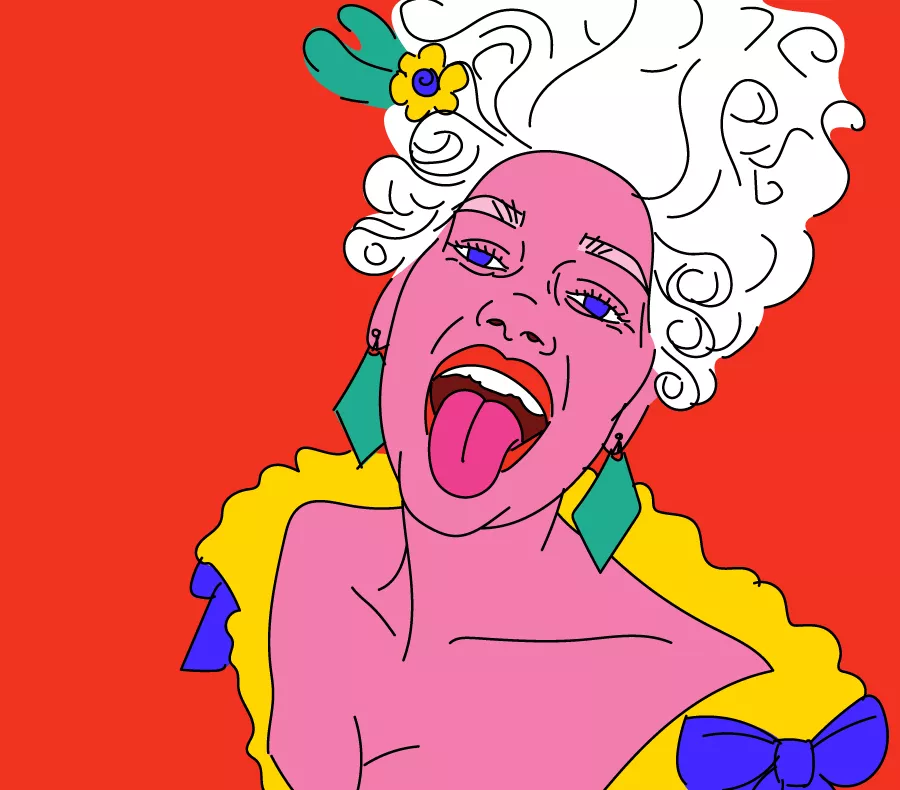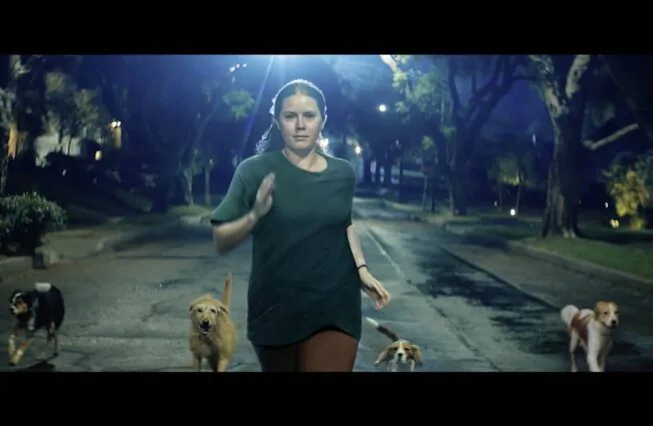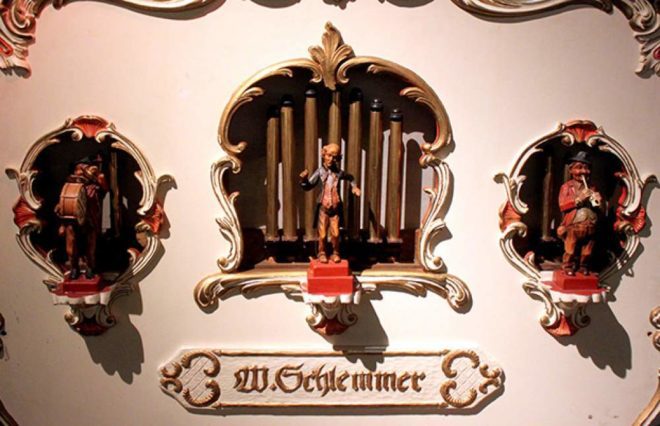Mother nature is a smart woman – everything she creates has its own niche and purpose.
Take deadwood for example – while it may not be obvious, it’s extremely important to a functioning ecosystem. It’s home to insects, who are snacks for other creatures (poor insects). The rule of thumb is always: big, old and dead trees = life.
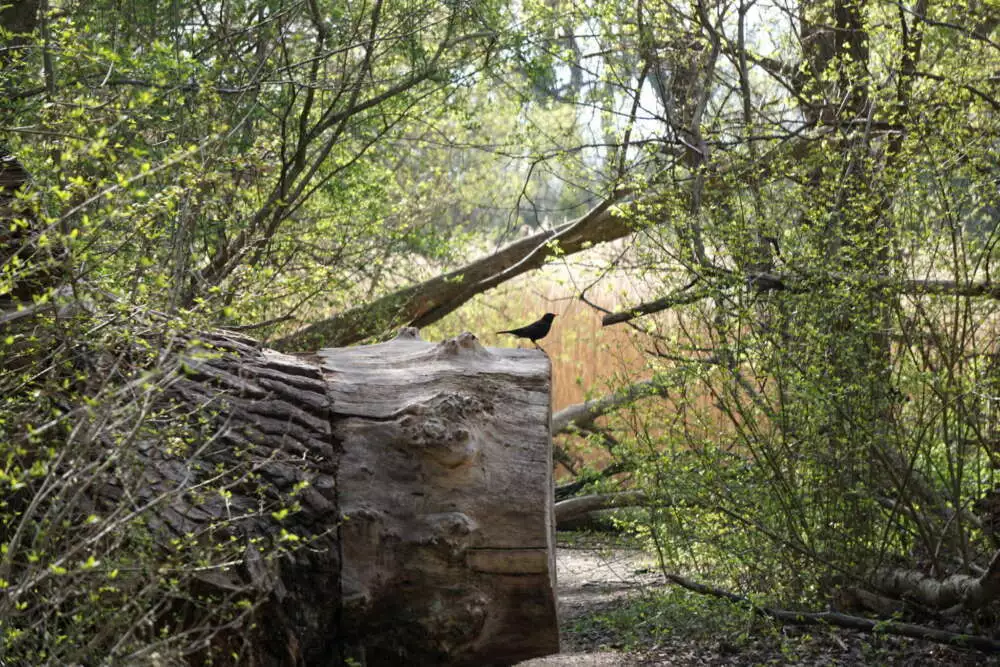
The birds living it up in the city
The most commonly spotted birds in Vienna are (yep, you guessed it) pigeons and crows.
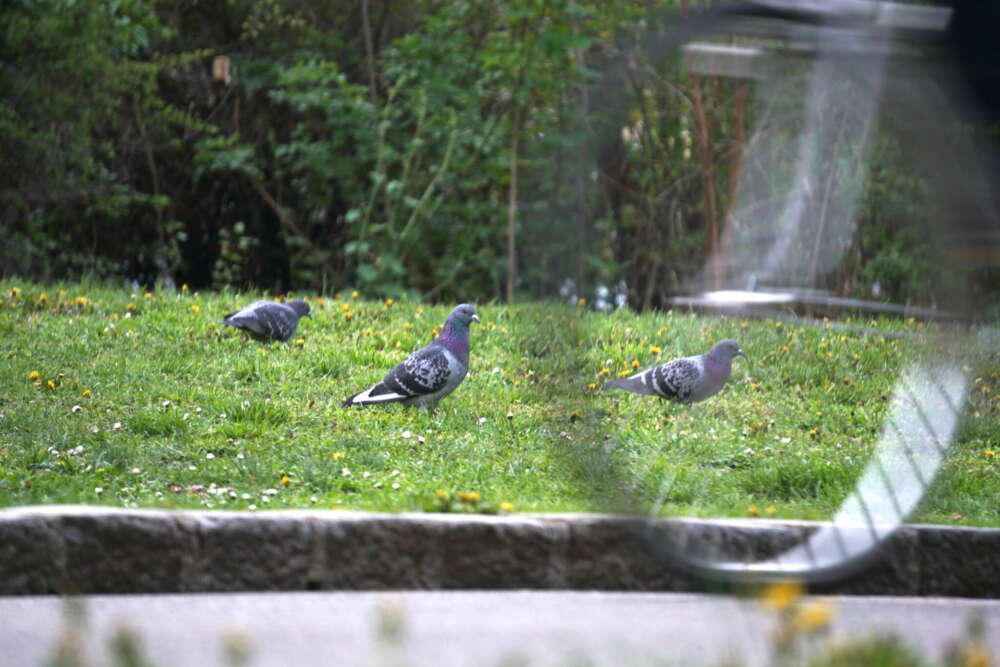
Crows are as intelligent as a 7-year-old child. We ain’t kidding. They are able to figure out unique techniques to crack open nuts and can use their intelligence to solve other problems. They even like to play games!
Anyway, these intelligent birds, as you may have noticed, can be found all over the city.
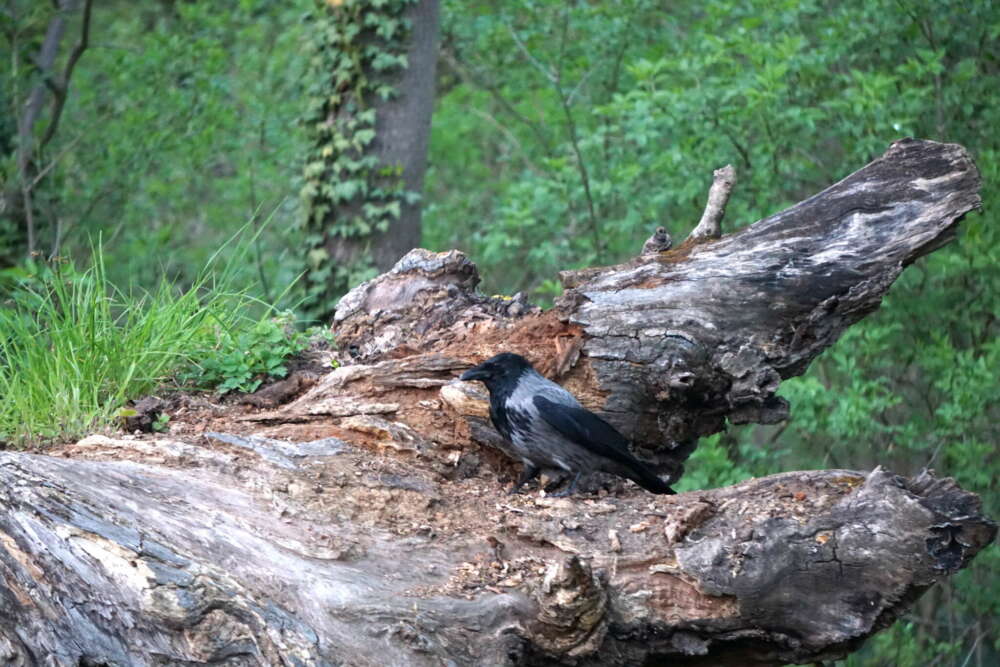
Be on the lookout for big-ass beavers
The Donaukanal isn’t only our favourite spot to hang out, but you’ll also often spot beavers hanging out on the edge of the water. They’re also often spotted in the Wienfluss at Stadtpark. No joke! Check out the bite marks in this tree’s trunk pictured below!
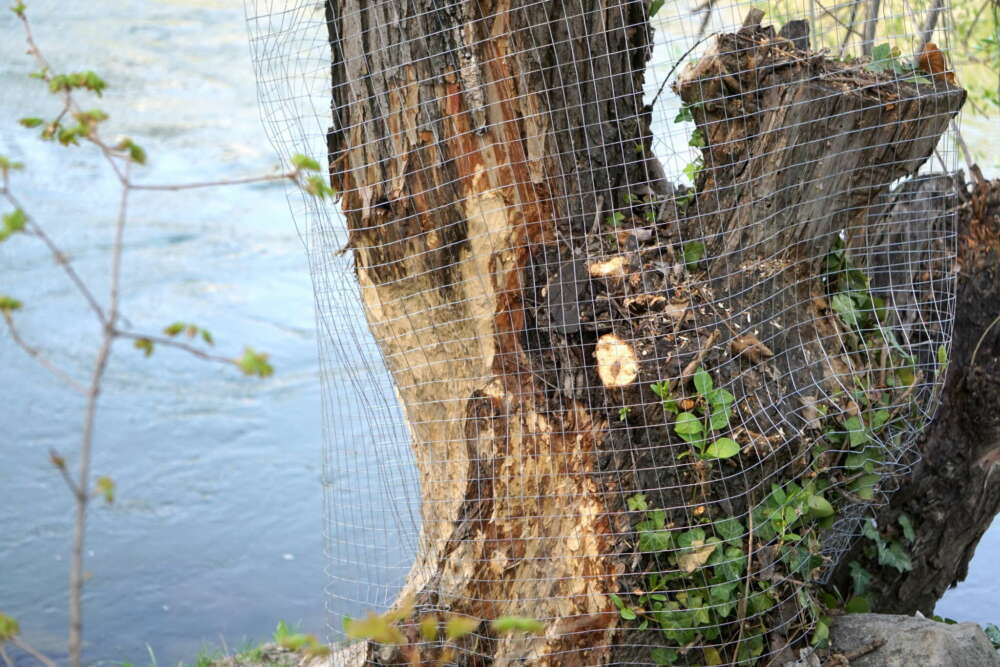
Now, before a proud Viennese person lays some generous praise on the city’s water, the beavers don’t live around these parts, because the water is of such great quality, but simply because it’s water.
Nature works with what it has (what it has left, that is).
The Erdberger-Steg in the 3rd district is a real wildlife arena, where crows viciously attack grey herons to defend their territory. If you stop and watch for a while, you’ll see the theatre of birdlife play out.
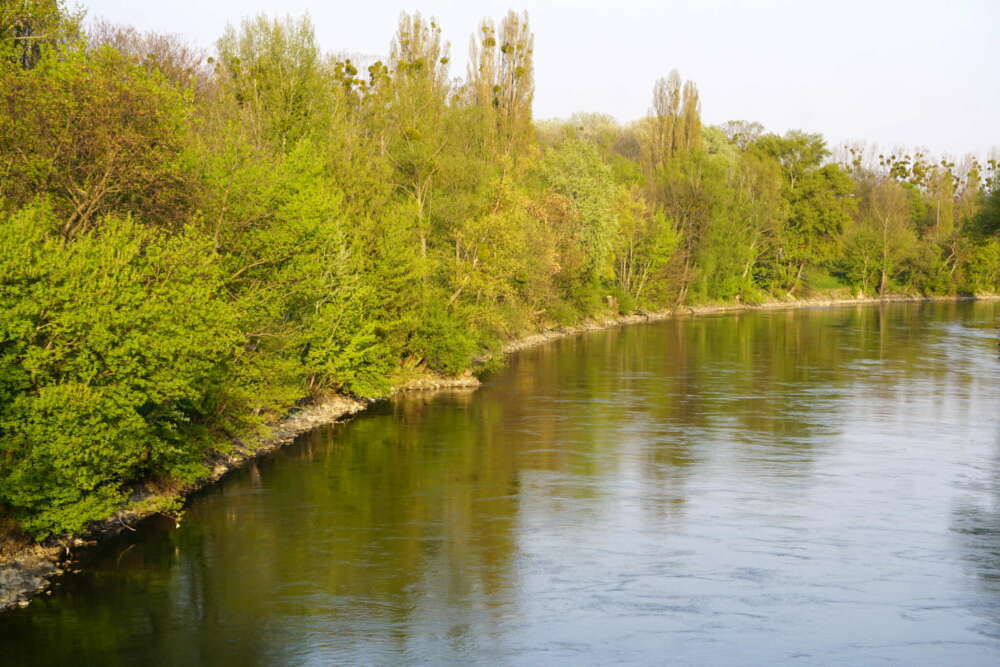
The first district hosts some fancy Martens
There are martens in the first district, especially around Volksgarten and Burggarten. These little weasel-looking creatures are often seen scampering around streets at night in different districts of the city. They snack on the cables of those fancy cars parked in the district. Yummy!
Vienna is home to dozens of bat species
A whopping 22 out of the 28 kinds of bats in Austria call Vienna their cave (well.. sort of).
They’re very small, and they feast on the insects of the city. So, no need to worry – none of them will be sucking on your blood.
They can turn any crack in a building that is the width of your finger into a home, while many live in the Prater park.
Bats are indicators of a healthy ecosystem as they’re very sensitive (Just like Viennese people, when you stand on the wrong side of the escalator).
There’s a non-stop party happening at the Prater where creatures are literally partying like animals.
Vienna’s parks are treasure troves of wildlife, right in the heart of the city. Especially the parks that host bodies of lakes, ponds, or rivers, and have a bunch of deadwood lying around, like the Prater, for example.
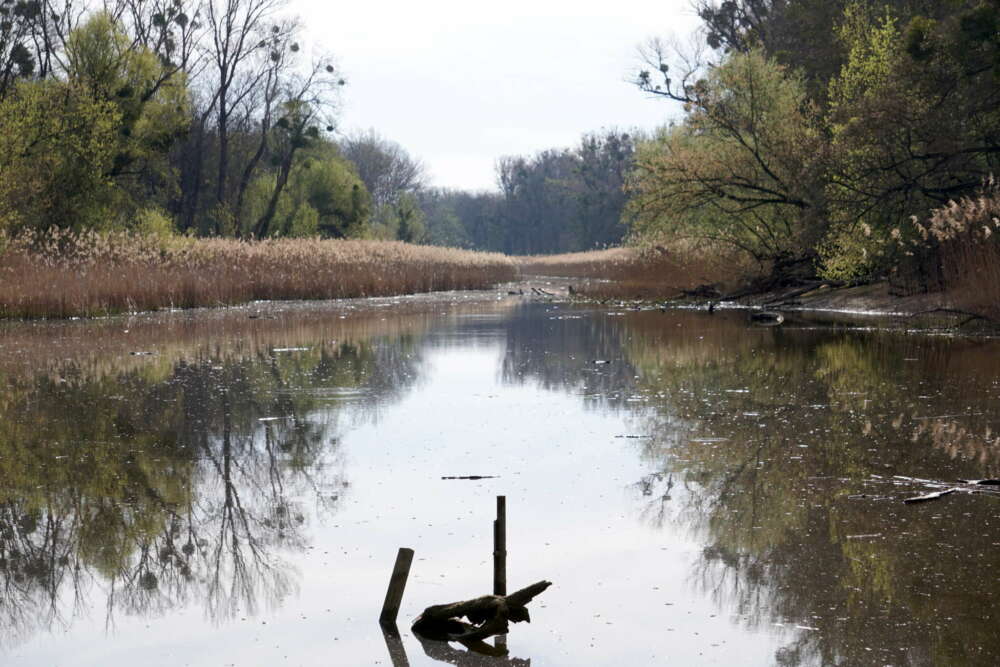
What’s that you ask – ‘Where? Isn’t there just the Riesenrad and grassland?’ Well, we’re glad you asked.
If you follow the main avenue of the Prater Hauptallee down to the Lusthaus, you’ll discover the woods of the park that are full of different animals.
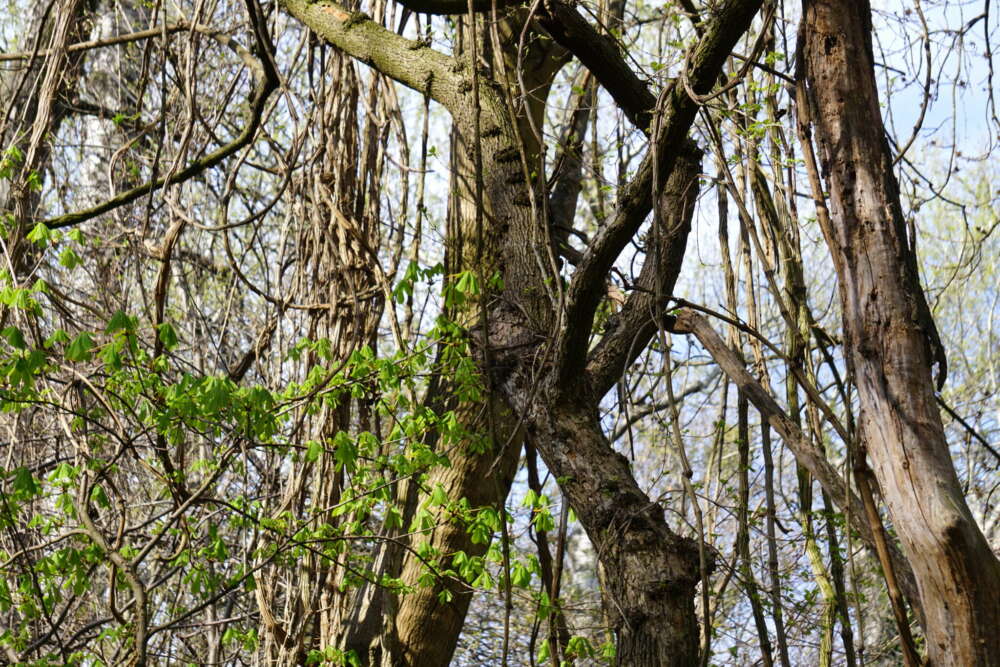
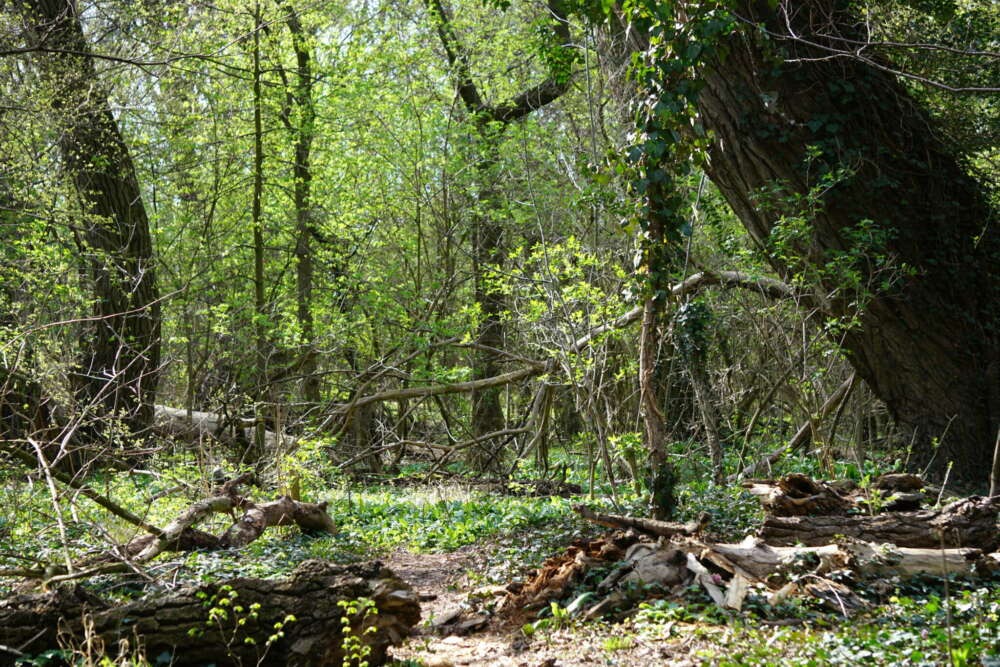
With a little patience, respect, and an open eye for its inhabitants, these woods will reveal to you a fascinating population of animals.
If you are quietly running or walking through the Prater early in the morning, you’ll often catch a glance at the deers that live there.
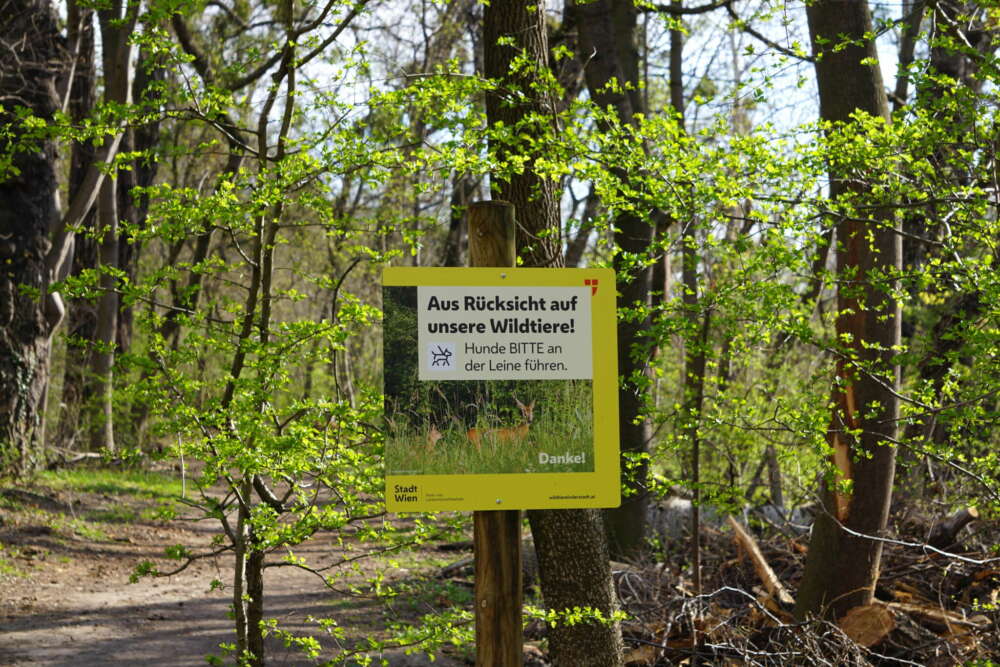
There are also approximately 4 kinds of woodpecker species that live here like this grey spotted one we caught a snap of below.
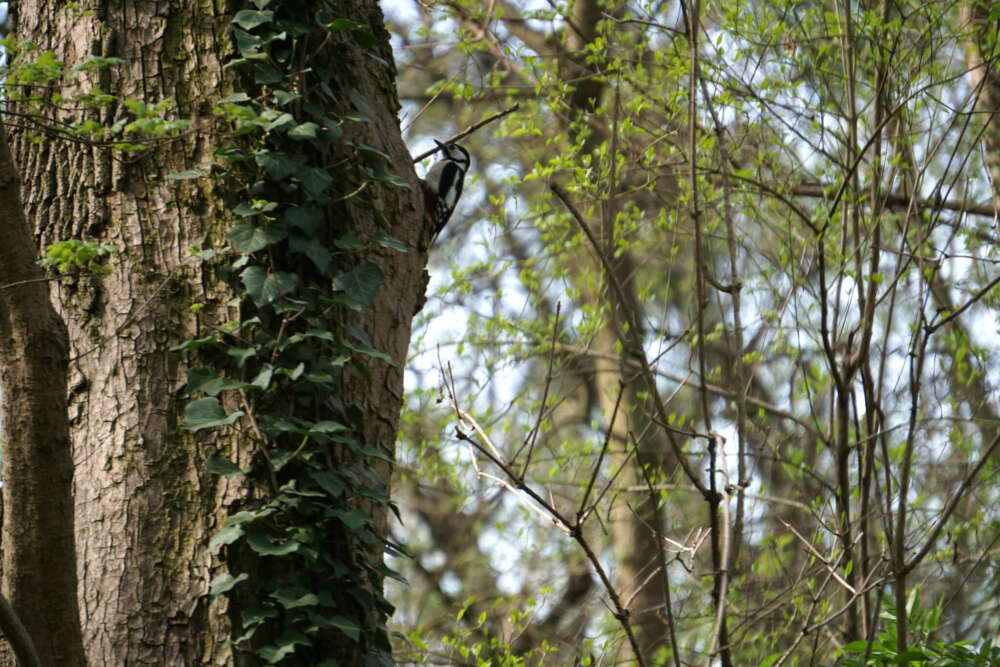
You can often see where the woodpeckers have been tapping away for food in the deadwood on the forest floor, as pictured below.
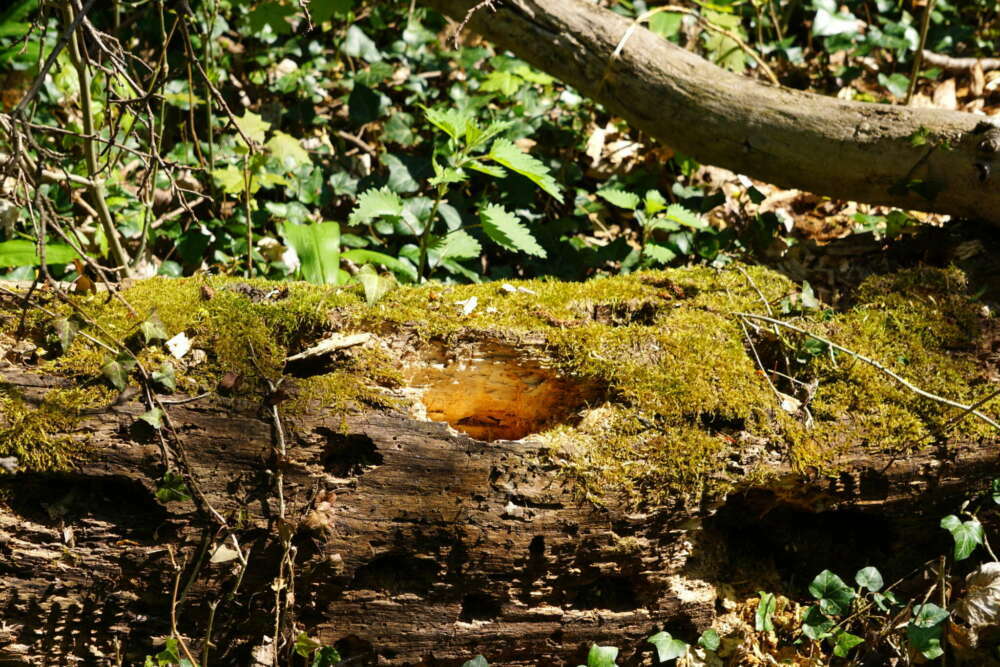
Plenty of squirrels be squirreling in the Prater.
It’s not rare to see a squirrel scampering up a tree in the Prater, however, we never tire of it. They’re so cute and furry. To make a furry or feathered friend in the park, you can place some snacks for them in the birdhouses hanging from some of the trees along the paths.
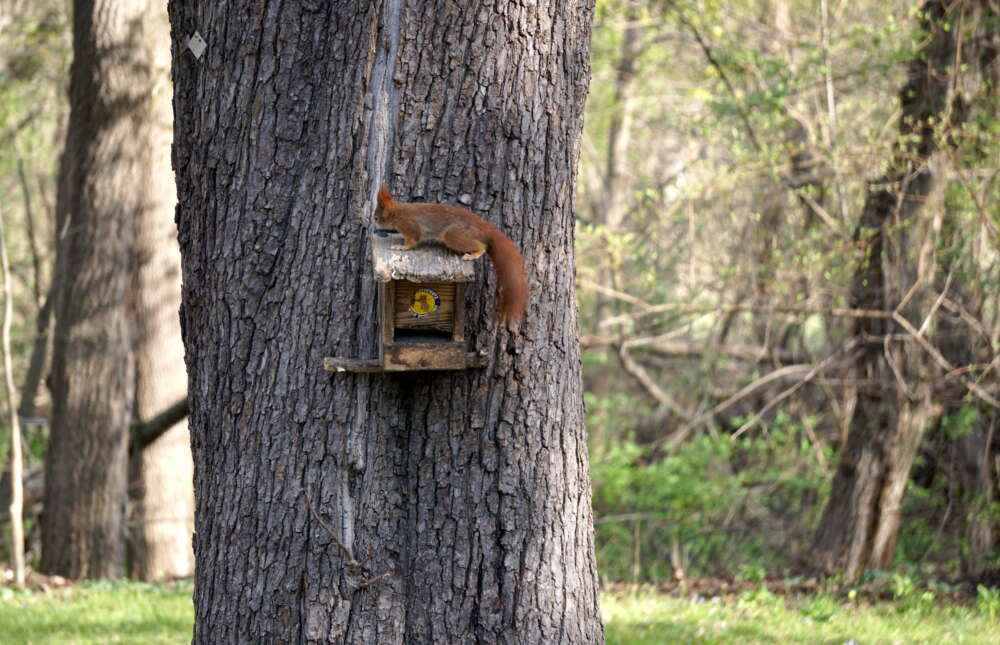
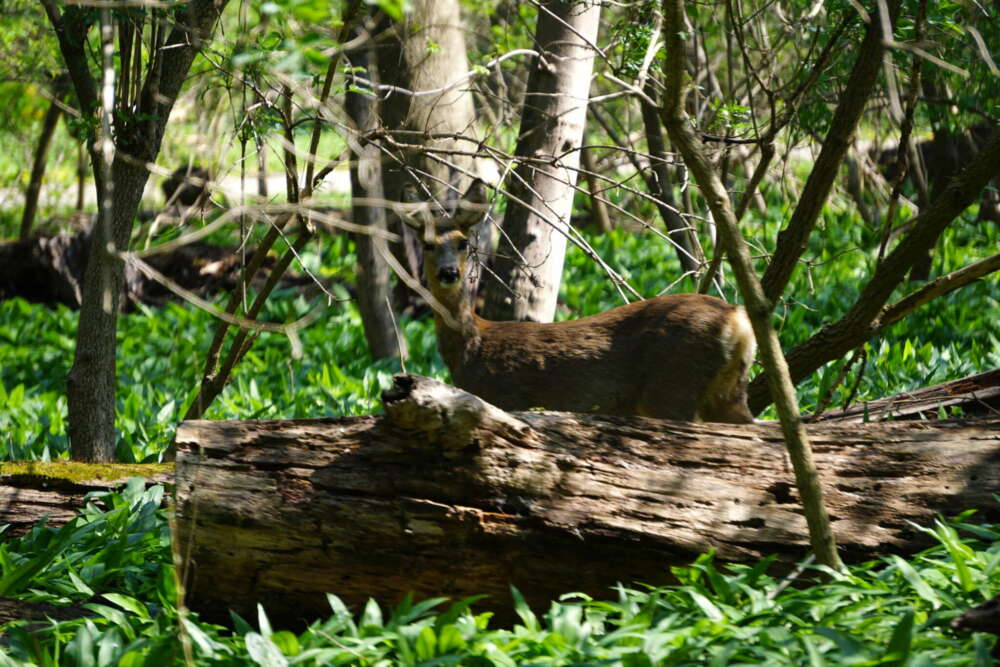
The Prater park also hosts plenty of insects, like beetles, butterflies, and snails. Watch your step!
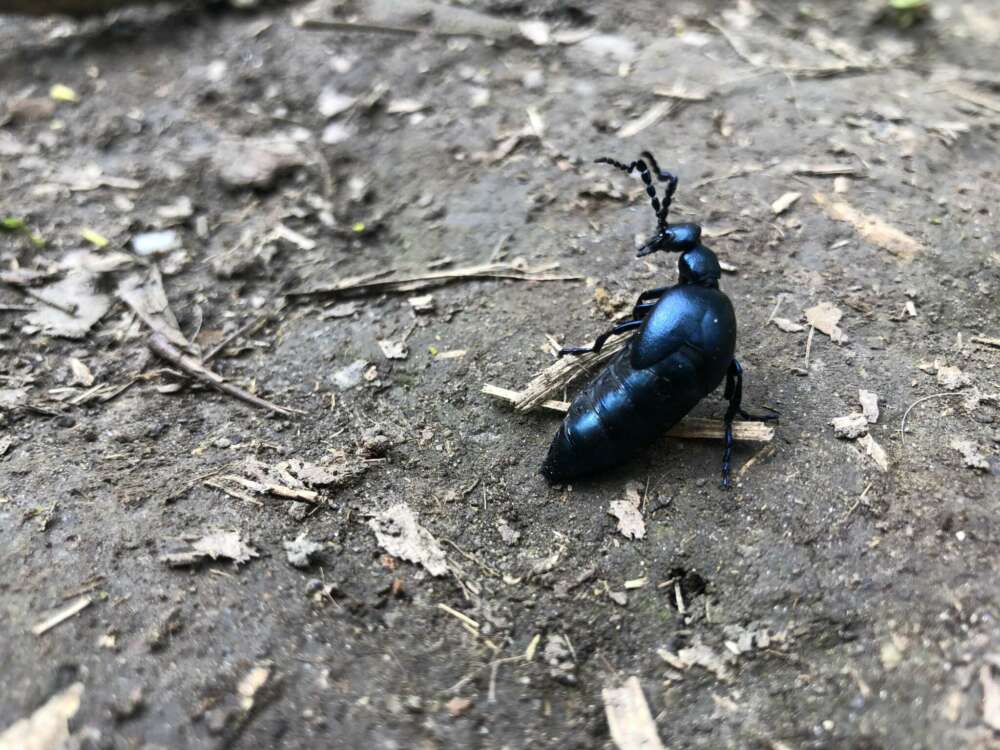
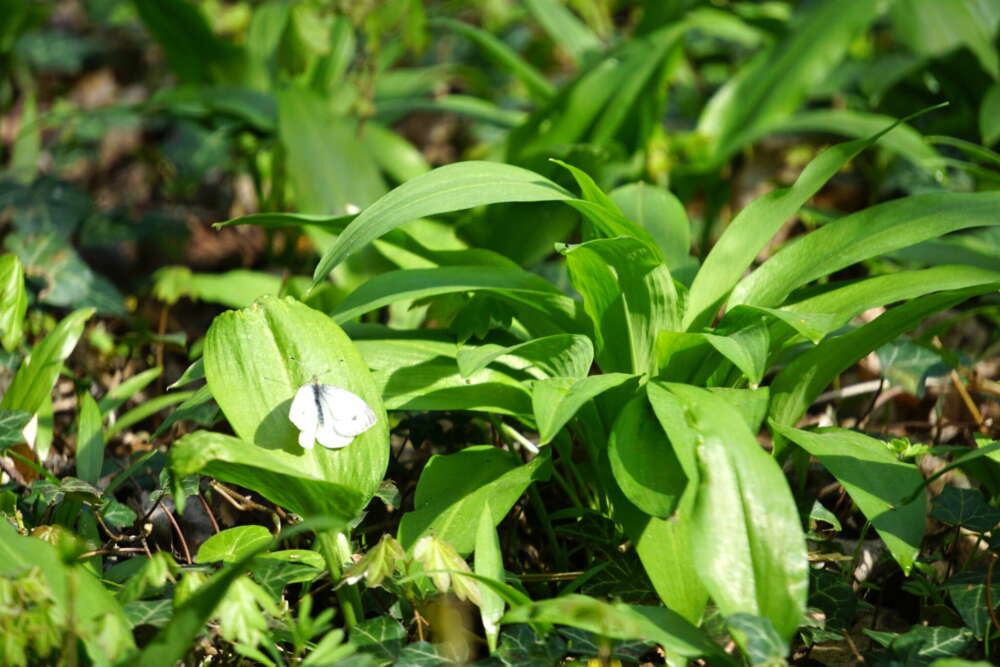
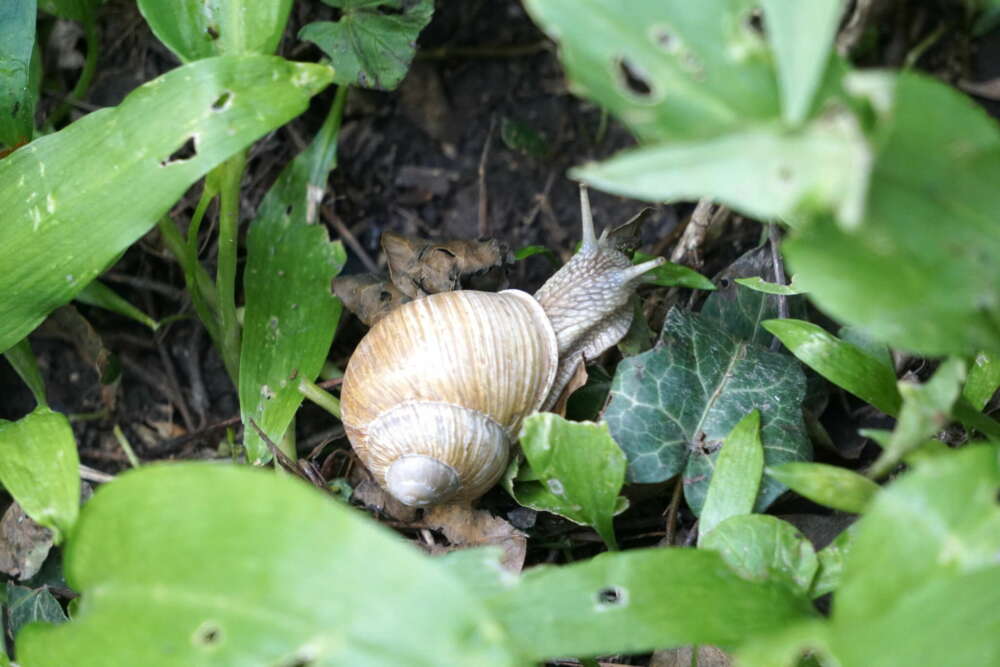
And, of course, wherever you are in the city where there’s water, you’ll also find plentiful water birds to admire, like those infamous swans with anger issues that hang out in the Danube.
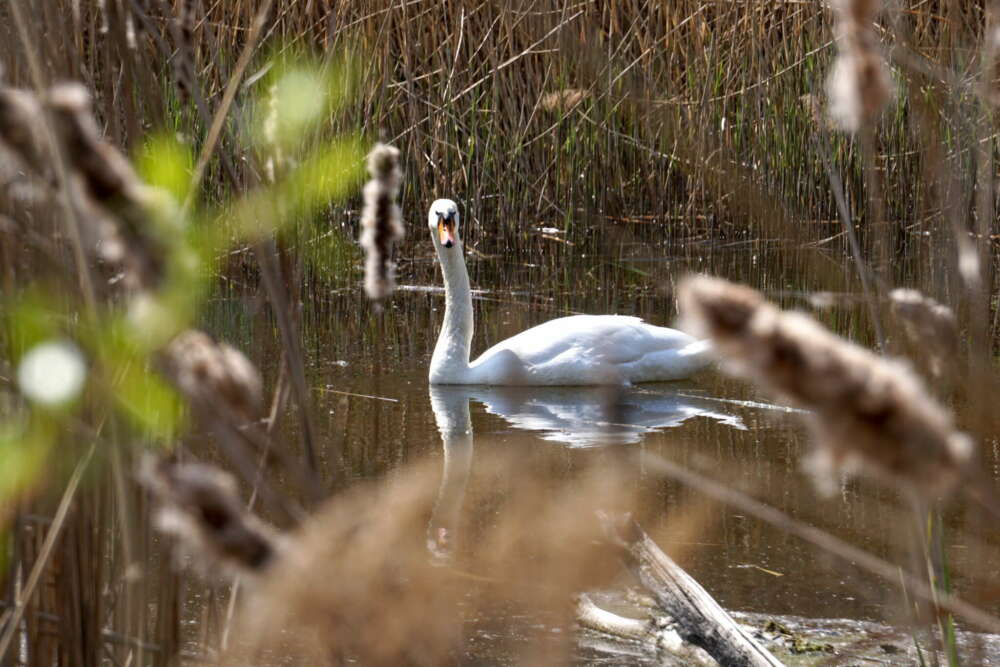
Or, these lovely Mandarin ducks (see below), who come all the way from Japan.
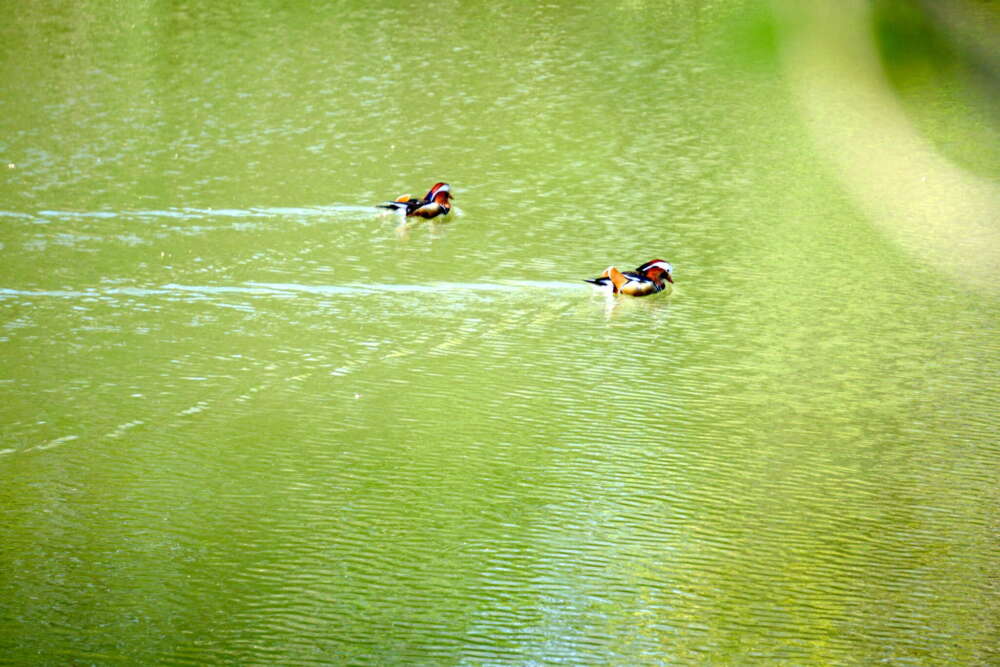
The Lainzer Tiergarten
This area is part of the so-called Wienerwald (translation: Viennese Woods) – ooooh doesn’t that sound creepy and haunted – and it’s a European nature reserve.
The Lainzer Tiergarten is one of the oldest animal parks in Europe. It’s home to wild pigs, fallow deer, and wild sheep. They mostly run free, so don’t leave the designated trails.
The bigger and more diverse in habitat an area is, the more animals it can host. The Lainzer Tiergarten hosts one of the most diverse arrays of wildlife in the city.
If you’re exploring any space around a natural river, you might even spot a grey heron, a fire salamander, and frogs (don’t kiss them though, they will not turn into your prince charming and they’re not great kissers…so we’ve heard).
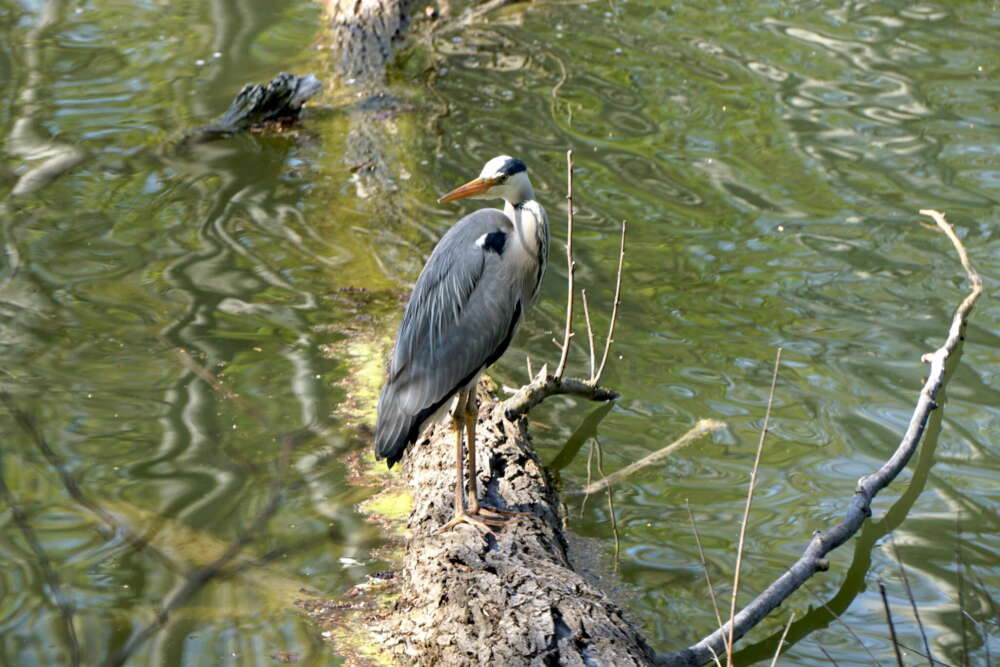
Raising your gaze to the trees above for some bird spotting is always a good idea (Do you see the bird in the picture below?).
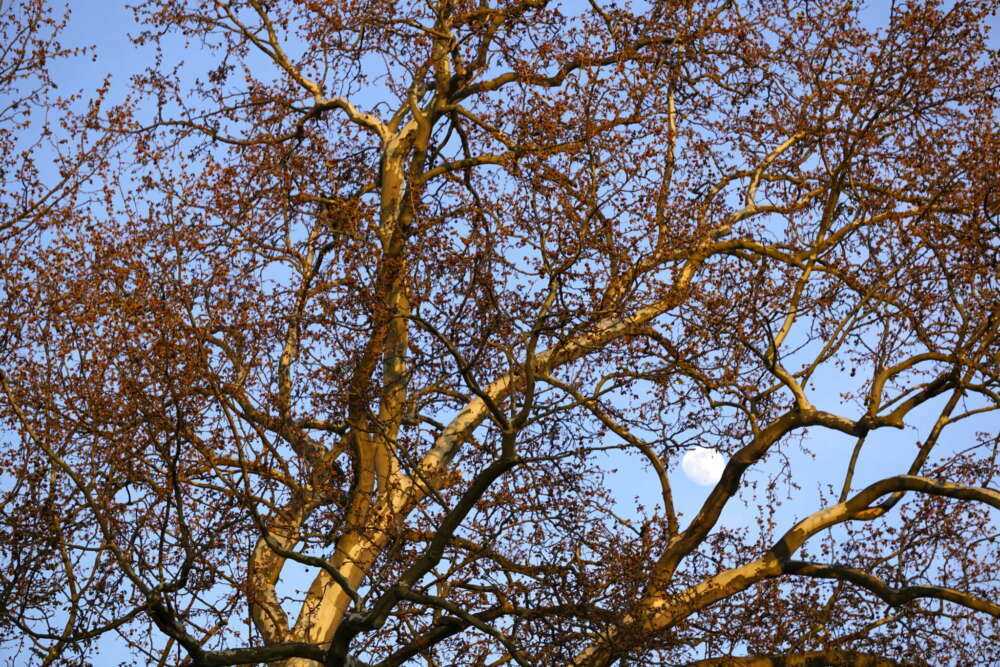
There’s plentiful life amongst the dead at the Zentralfriedhof (translation: central cemetery)
The Zentralfreidhof is the second-largest cemetery in Europe, and is also home to the wild European hamster! Bet ya’ didn’t know that, did ya?!
The Zentralfriedhof also has plenty of deer and foxes prancing across graves, while the famous Otto Wagner church located at the cemetery’s heart is the home to kestrels.
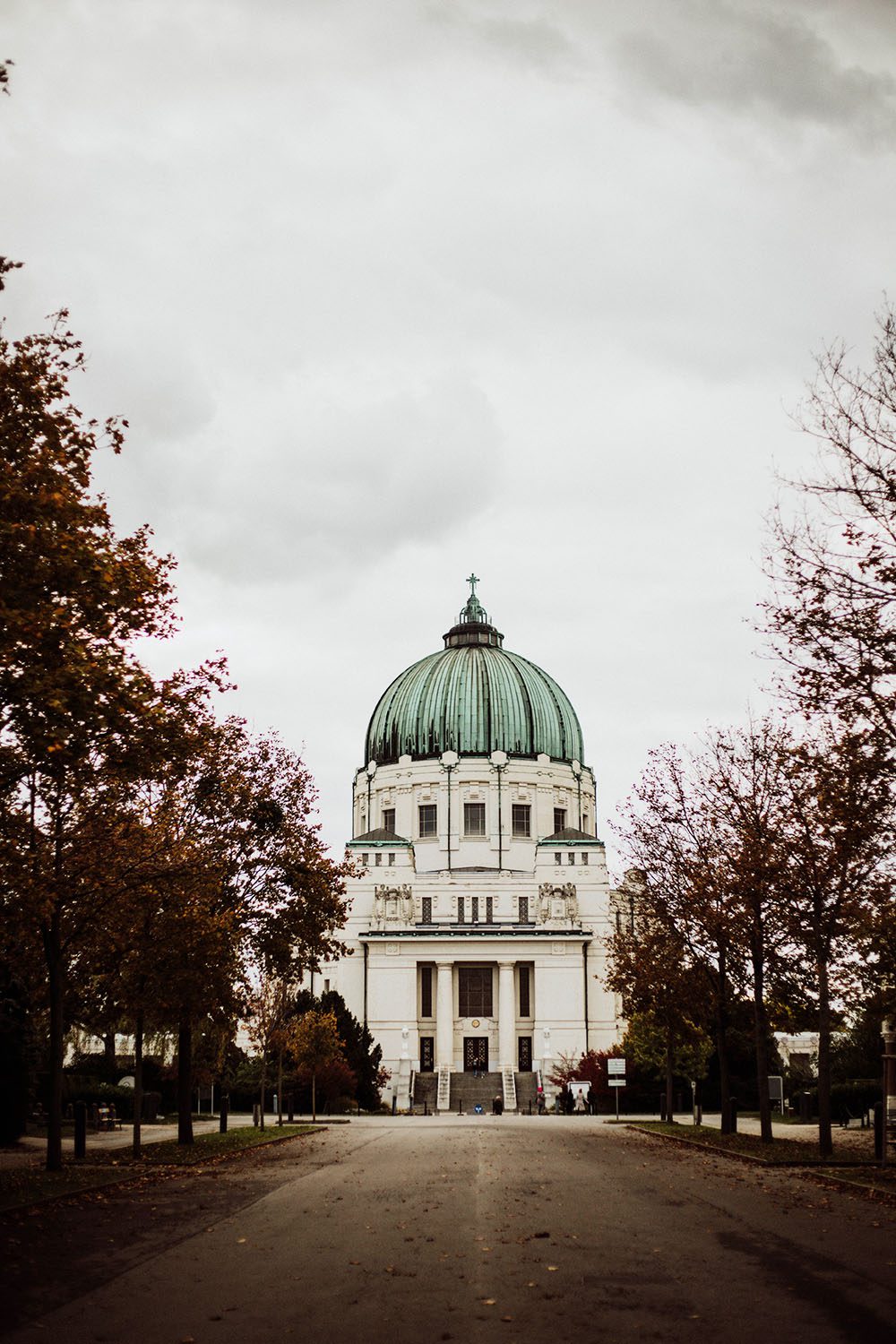
Crows and hedgehogs also hang about and can often be caught snacking on the red candles and flowers left on graves.
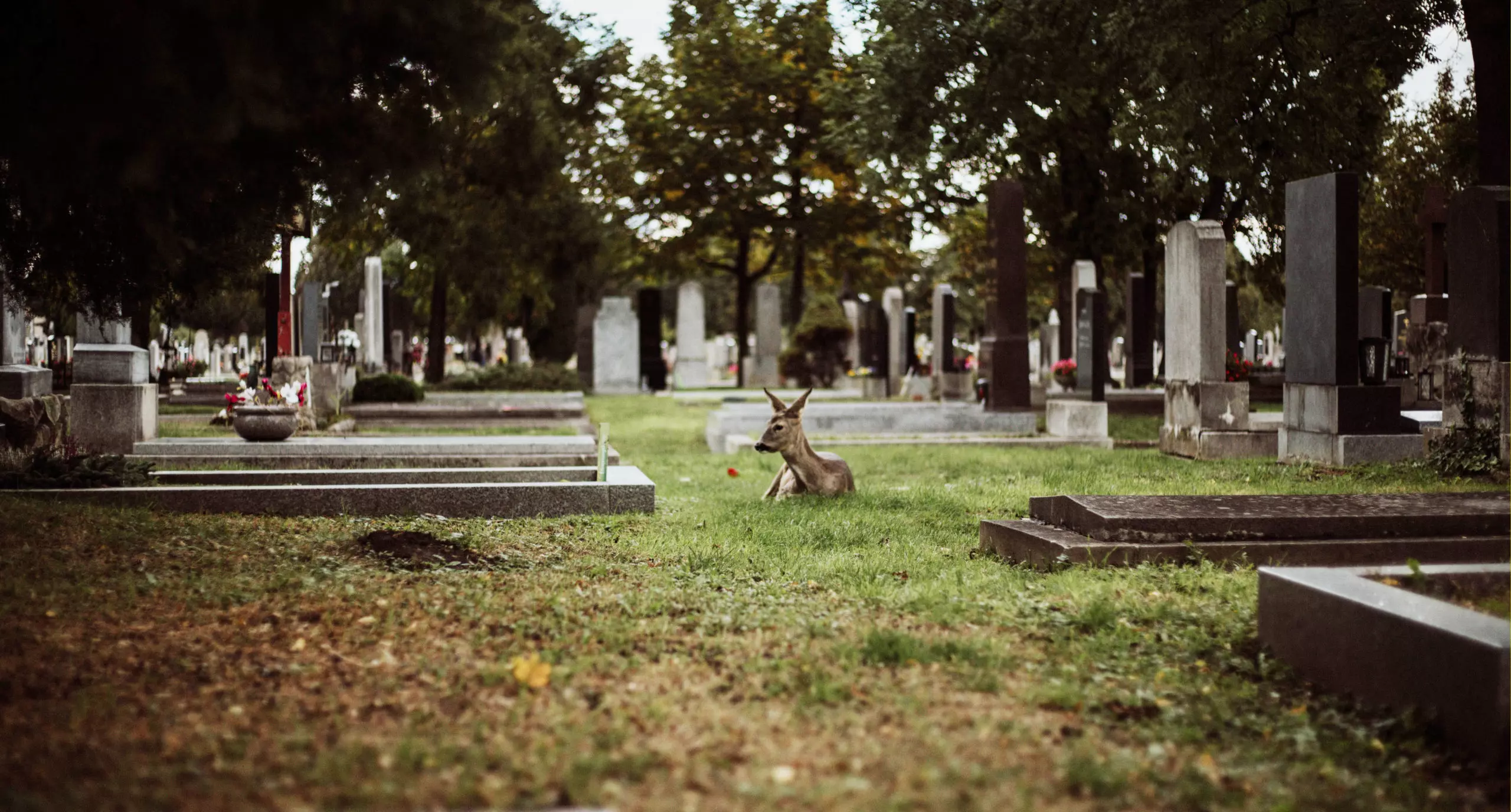
Of course, there are many more places on the fringes of the city that host an abundance of wildlife, like the Nationalpark Donauauen, and the Wienerberg, but we wanted to specifically focus on the creatures that have somehow learned to live in the urban landscape of Vienna.
Where there is a patch of nature, there is wildlife. You just have to pause a moment to notice it. And we strongly suggest you do.
To attract and help wildlife flourish right in front of your window, put out local wildflowers, or a birdhouse, on your window sill or balcony.
If you have a garden, the best thing you can do is… ABSOLUTELY NOTHING! Let nature do its thing. Let it grow wild. Nature loves Gstetten.
You can check out the Viennese Umweltgut and research what kind of animals and how many live in your Gräzl. You can also document your discoveries in INaturalist.

